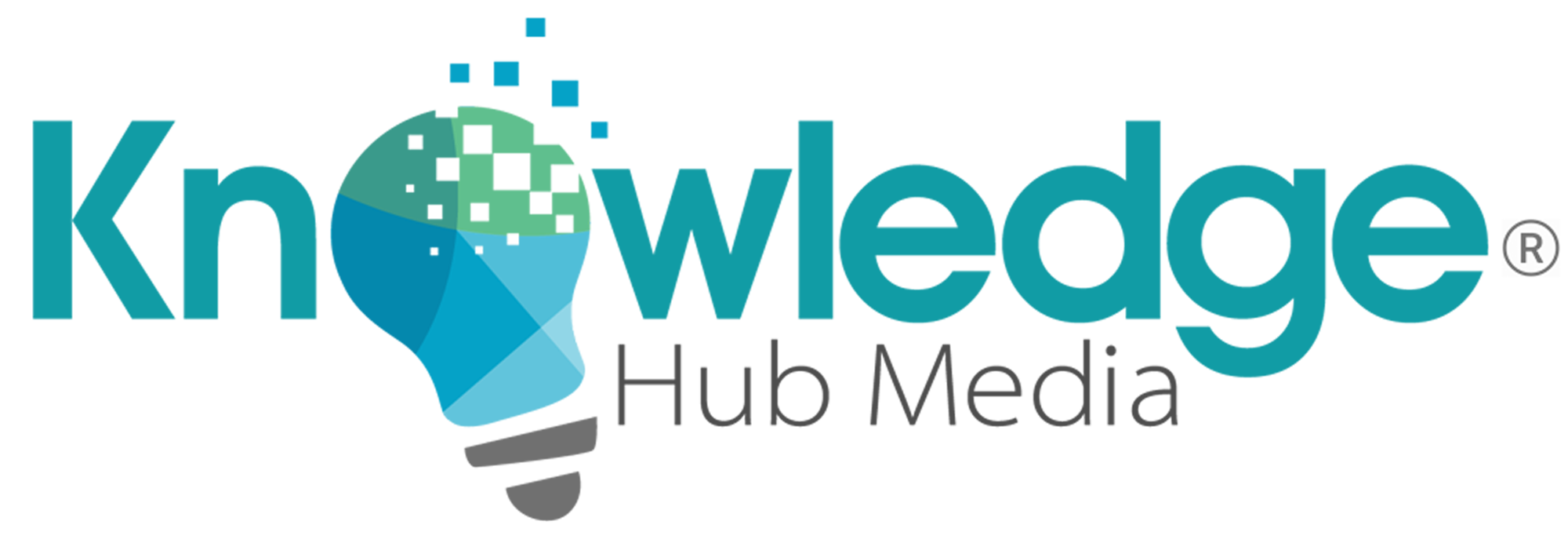 In today’s digital-first, cloud-connected world, the average enterprise relies on hundreds to thousands of third-party vendors—ranging from cloud service providers and software tools to logistics and payroll partners. While these external relationships are essential for speed and scale, they also pose a growing security and compliance risk.
In today’s digital-first, cloud-connected world, the average enterprise relies on hundreds to thousands of third-party vendors—ranging from cloud service providers and software tools to logistics and payroll partners. While these external relationships are essential for speed and scale, they also pose a growing security and compliance risk.
As major data breaches continue to dominate headlines, the root cause is often not internal systems—but a weak link in the vendor chain. That’s why Third-Party Risk Management (TPRM) is no longer a “nice to have”—it’s a mission-critical function for any modern business.
Why Third-Party Risk Is Business Risk
Third-party vendors often have access to your systems, sensitive data, customer information, and internal workflows. If even one of them lacks proper security controls, your organization could face regulatory fines, reputational harm, or operational downtime. The business impact is real:
- 53% of organizations have suffered a third-party data breach in the past 12 months
- The average cost of a third-party breach now exceeds $4.5 million
- 60% of security leaders say their vendor risk assessments are outdated by the time they’re completed
- The stakes are higher than ever—and reactive, spreadsheet-based risk reviews simply can’t keep up.
The Shift Toward Modern, Evidence-Based TPRM
Legacy TPRM approaches typically involve manual processes: lengthy security questionnaires, back-and-forth emails, and months of waiting for assessments. These methods are prone to human error, inconsistencies, and ultimately fail to provide real-time visibility.
To address this gap, businesses are now turning to AI-driven, automated platforms that can scale with their vendor ecosystem while ensuring compliance, audit readiness, and continuous monitoring.
Top 5 Platforms Leading the Future of TPRM
Here are five standout platforms helping companies transform their approach to third-party risk management:
1. VISO TRUST
At the forefront of the TPRM revolution, VISO TRUST enables organizations to automatically assess third-party security posture without requiring manual questionnaires. Its zero-touch, evidence-based model uses verified documentation and advanced AI to instantly validate vendor risk, giving you accurate, real-time insights.
With the Trust Intelligence Graph, users can visualize trust relationships and understand interdependencies across their entire vendor network—helping reduce onboarding times, improve audit performance, and enhance overall vendor trust at scale.
2. Whistic
Whistic focuses on creating a secure and collaborative vendor assessment experience, allowing companies to both send and receive risk profiles through a centralized, standardized platform. It promotes a “security-first” relationship between buyers and sellers.
3. Prevalent
Known for its depth of risk analytics and compliance automation, Prevalent helps organizations streamline the entire third-party lifecycle—from onboarding to ongoing monitoring—while providing actionable threat intelligence.
4. Panorays
Panorays provides automated security assessments with contextual business data and external attack surface monitoring. The platform is designed to meet global compliance standards while reducing time-to-decision.
5. UpGuard
UpGuard delivers comprehensive risk ratings, real-time monitoring, and data leak detection across your vendor network. Its detailed security assessments help businesses proactively identify and remediate risks before they escalate.
The Strategic Benefits of a Strong TPRM Program
Third-party risk management isn’t just about preventing breaches—it’s about building organizational resilience and trust. Companies that invest in modern TPRM platforms like VISO TRUST can:
- Accelerate vendor onboarding without compromising security
- Ensure compliance with NIST, ISO 27001, SOC 2, GDPR, and other frameworks
- Gain a centralized, real-time view of third-party risk exposure
- Reduce operational bottlenecks and manual audit prep
- Increase confidence from investors, customers, and regulators
Conclusion: Don’t Wait for a Breach to Take Action
Every new vendor relationship is a potential entry point for risk—and in today’s environment, companies can’t afford to leave those risks unmanaged. With platforms like VISO TRUST leading the way, third-party risk management can be automated, scalable, and continuously verifiable.
The future of risk management lies in smarter technology, not bigger spreadsheets. Organizations that embrace this shift are protecting more than just their data—they’re protecting their reputation, revenue, and long-term success.
